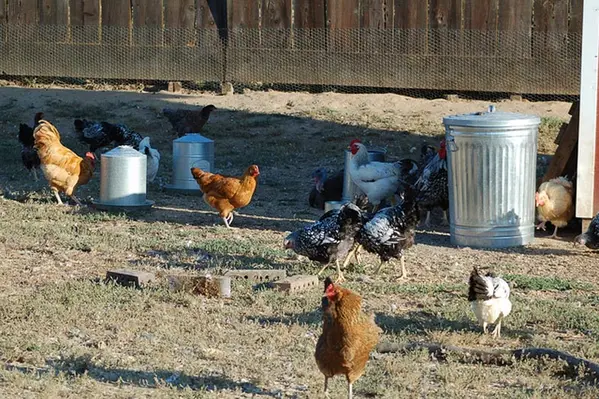A University of Georgia study has shown that extended lighting periods help enhance welfare and production of big broilers during high temperatures
The research involved observing the air temperature, velocity, relative humidity and deep-body temperature in broilers. Poultry extension scientist Brian Fairchild confirmed the research – that was carried out in six commercial poultry barns – revealed an interesting multifactorial process.
He said, “We were looking at deep-body temperature during the hottest months of the year on the biggest birds, definitely a stressful time.” They discovered that the birds’ temperature actually increased during the night when the outdoor temperatures cooled.
“This is opposite to what research shows happens in rats and humans,” he said.
They found that lighting or a lack of it played a major role in this nighttime increase in body temperature.
“The lights go off at dusk, the birds sit down and their litter is like a warm blanket,” Czarick said. “When sitting, a bird also decreases its surface area available for cooling by air movement.”
They also observed to understand how feeding was directly affected by the time duration of the light and dark periods. They noticed that the birds went to rest soon after the lights were turned off but by extending the light period they could increase the feeding time, thus causing the birds’ core temperature to rise during the day as well.
According to Czarick, growers concentrate too much on bird temperature during the day.
“The key is how much the light programme affects bird temperature during the night. It really comes down to bird behavior.”





